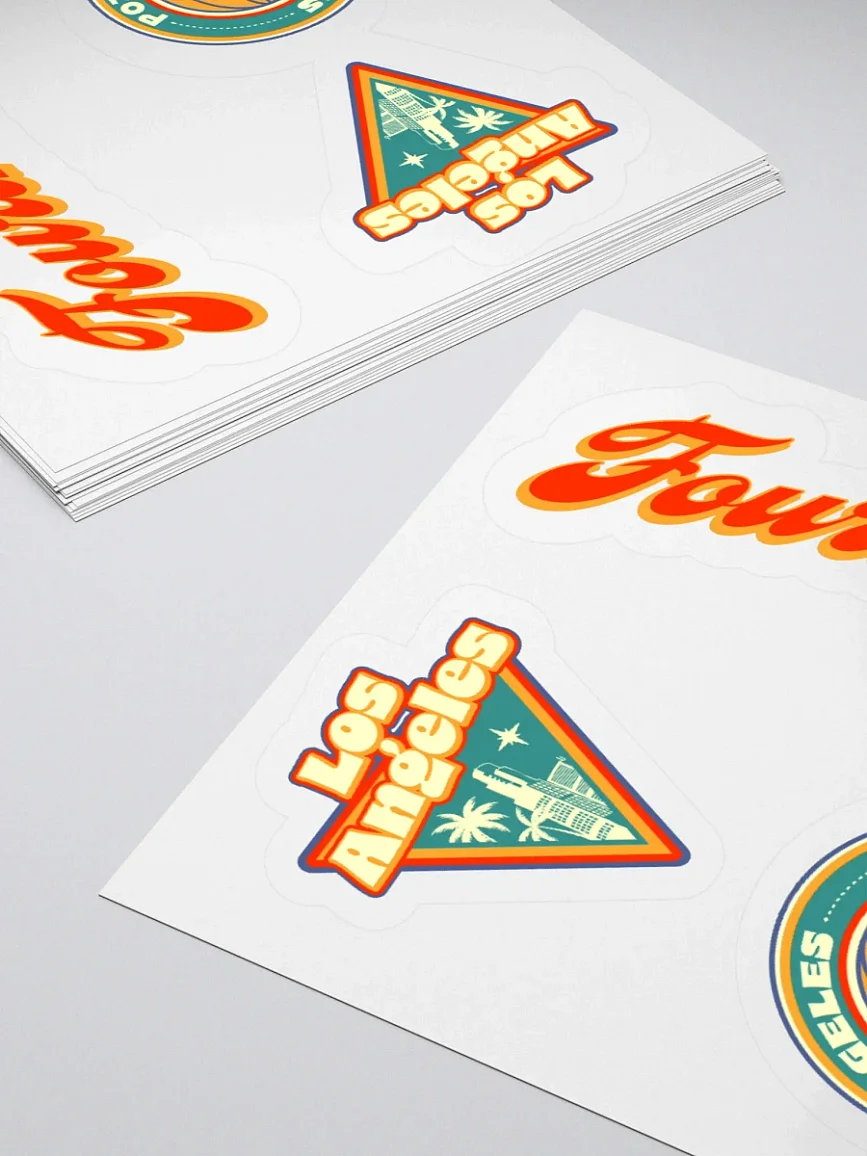Your Sales Boosting Secrets: Upselling and Cross Selling

There's a great pair of sales strategies that you need to know: upselling and cross selling. Upselling and cross selling are tactics that can increase revenue and sales by encouraging a customer who's already purchasing from you to add on more items.
Achieving these two sales techniques consistently can greatly increase your AOV, or average order values (aka the average amount that a single customer will spend in your brick-and-mortar or ecommerce store.) In turn, more purchases can also contribute to increasing your CLV (customer lifetime value), the total worth to your business of a customer's purchases over their relationship with your shop and brand.
Upselling and cross selling are two methods of encouraging buyers to spend more in ways that will benefit both them and your business/brand. The key to using upselling and cross selling tactics is to understand your customers, and how to provide them with value that they'll respond positively to for maximum customer satisfaction.
To see how upselling and cross selling techniques can supercharge your sales, try this: take your total shop revenue for one month, and divide it by the number of customer orders you had, for instance $500 divided by 50 sales, which would result in $10 per sale.
Now, let's say you get each of those 50 customers to add $3 more to their sales order by using upselling or cross selling - so those 50 orders are now totaling $13 dollars each, which equals another $150. Boom - you just raised your $500 of revenue by another 30%! Ready to learn about how to start making this happen? Let's check out upselling and cross selling, plus some examples of each!
What is Upselling?
The upselling and cross selling tactics do sound similar, but they're actually different sales techniques for getting a customer to purchase more while they're shopping with you. Upselling involves encouraging a customer to purchase a more expensive or upgraded version of a product that they're already considering buying. The goal of upselling is to increase the order value by offering additional features, or a better model of the product they're looking at.
One upselling example would be a customer who's looking to buy a smartphone, and has put a basic smartphone model in their cart. Upselling would be having the salesperson chat up the customer to suggest buying a premium (higher priced) smartphone, with an upgrade that includes a more high-resolution camera and more storage. Another upselling example would be when a customer purchases a wall art print; you could upsell them from buying an unframed print to suggest that they purchase the more expensive framed version.

The upselling approach actually benefits both the business and the customer - the retailer sees increased revenue and profit margins through upsells, and the customer gets to enjoy a higher-quality product or additional features.
What is Cross Selling?
Our other sales technique, cross selling, isn't about getting a customer to upgrade the item they're currently looking at. Instead, cross selling is about getting them to buy additional products or services that complement their initial item(s) of interest. (When you think of cross selling, it might help to remember the phrase "would you like fries with that?")
The goal of cross selling is to increase the number of items purchased per sales transaction and bundle them together; for example, if a customer is looking at an expensive new TV, cross selling would be getting them to also purchase a complementary sound system, or bundling their TV with a wall mount and a wireless Smart TV keyboard controller. Another cross selling example would be a customer purchasing a luxury candle from your ecommerce shop - you could cross sell them a complementary candle accessories kit with an exclusive candle tray, wick trimmer, and candle snuffer.

Cross selling also boosts revenue, and improves customer satisfaction by providing exciting extra items, more value, and complete solutions for your buyers.
Quick Comparison
- The upselling technique means encouraging the customer to purchase a higher priced/more expensive or more premium version of the product they're already considering buying.
- The cross selling technique encourages the customer to buy extra, complementary products or services in addition to their initial purchase.
- The goal of both the upselling and cross selling sales strategies is to increase the number of items and/or the amount of incoming revenue per sales purchase, which in the long game will also help increase your customer lifetime value.
- The right way to use the upselling and cross selling sales techniques is to provide value, extras, and solutions. Aiming for your customers needs will increase revenue and foster customer loyalty, rather than simply pushing them to buy, buy, buy (that old cliche of pushy, unpleasant car salesmen exists for a reason!)
(Pro Tip: You can even combine upselling and cross selling to maximize revenue and customer gratification!)
How to Upsell and Cross Sell - Let's Go!
How to Upsell
Identify Opportunities
Carefully go through your product line to determine which products might lend themselves to upselling (and which might be better set aside for cross selling - but we'll get into that in a moment.) What's appropriate for upselling to your buyers will depend on what types of products you're selling, and whether you have a physical or an ecommerce store - but in general, high-margin similar products with significant feature differences are great candidates for upselling upgrades that will work with the revenue-boosting upsell sales method.
Analyze Your Customers
Tailor your upsell sales offers to meet specific customer needs by researching through your existing analytics and past buyer purchases to see which items could've been upsold. This will give you a good baseline to go through the rest of your product line and start getting your upselling opportunities list compiled, plus any discounts or bonuses you'd be comfortable adding to your upsell.
Create Offers
Get prepared for upselling by putting together product combos and upsell packages that clearly articulate the extra value, benefits, and/or special features your customer will get by upgrading their purchase. You might also consider offering limited-time upsell discounts or exclusive perks if they purchase the items together, to create a sense of exclusivity and urgency.
Choose Your Moment
Present upselling opportunities at appropriate moments, and make sure you're not barraging or overloading your customer with upsell offers, but strategically suggesting a few things that might be of interest to them. The checkout process is one good opportunity to sell products that are part of special upsell sales offers, but upselling can also be effective at other touchpoints, such as when selecting purchase customization options or watching salesperson product demonstrations.
Prepare Persuasion
If your customer was only planning to spend a certain amount or buy one specific thing, they may not immediately be open to an upsell. This is where you can anticipate their potential objections and suggest your upselling suggestions. Focus on addressing your customer's concerns about price or value; you might also offer guarantees or warranties to build trust and confidence, increase customer satisfaction, and make that upsell happen.
How to Cross Sell
Choose Complementary Items
It's time to go back to your product catalog - but this time, you're looking for those items that will work well with cross selling tactics, that naturally complement each other in pairs, multiples or bundles, while increasing sales revenue. Consider how products can be used together to create a complete cross selling solution, offering a more luxurious or fun experience for your buyers, or how your cross selling offers can otherwise make your customer's purchase and overall customer experience better.
Build Bundles
Develop pre-planned cross selling product bundles that offer customers convenience and value. Bundling means selling products together that complement each other; you could also create your own specially-themed cross sell bundles combining multiple products, possibly at a discounted price. For example, if you sell coffee in your ecommerce shop, you could offer a cross sell bundle including a pound of coffee of the customer's choice, plus a branded mug and a set of coffee stirrers.
Showcase Extras
You can put cross selling benefits right into your customer's minds by strategically showcasing items together in your store displays and on your ecommerce product pages. An ecommerce fashion boutique could implement cross selling by showing a coordinating scarf draped across a sweater (an IRL salesperson could suggest the same); another cross selling example would feature a backpack in an image with a set of cute charms attached, so you can offer a bundle including both the backpack and the customer's choice of charms. Cross selling deals can also be placed by a retailer's checkout cart, to remind shoppers that they might still want to purchase more of the great deals you're offering.

Personalize Your Approach
Now dig back into that customer data so you can offer tailored cross sell recommendations. Whether a physical or ecommerce store, go in and analyze your shop's purchase history with cross selling in mind, browsing shopper behavior and customer demographics to identify products that are bought frequently, and that offer great value for their purchase. These have great cross selling potential! You can also make note of products that customers already buy together, and add on to them for cross selling; a customer purchasing a shaving razor and brush, for example, might also be open to a suggestion to buy shaving foam and face serum, and you could offer a special cross sell value discount for buying all four.
Offer Benefits
Use your cross selling skills to suggest the benefits and value of your deals to customers, to encourage them to add those additional items to their cart. Showing off the items in question together with appealing images is a good way to ramp up your cross selling and get customers to buy more. Another way to cross sell more would be to have your salespeople tell your customers about the added value and extra benefits of purchasing items together - these are bonuses you could set up especially for cross selling, for example discounts, free shipping, or points on their customer loyalty card.
Upsell and Cross Sell to the Max on Your Fourthwall Store!
Fourthwall is the perfect ecommerce platform to launch your own store, where you can implement these upselling and cross selling strategies and increase revenue! With Fourthwall, you can offer unique products, branded merchandise, special bundles, and exclusive items, bringing your customers carts full of interesting merchandise while fostering customer loyalty.
Fourthwall's many features, including the ability to completely customize your ecommerce store and accept a wide range of payment options, empower creators, brands, and businesses to create personalized shopping experiences and maximize your sales. Put your newfound upselling and cross selling tactics to use, and get started on Fourthwall today!
















